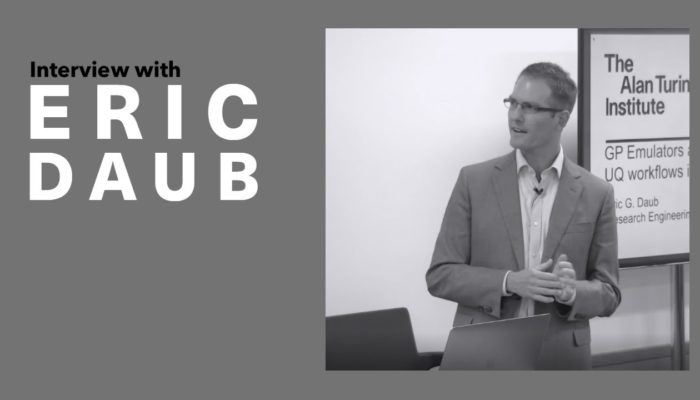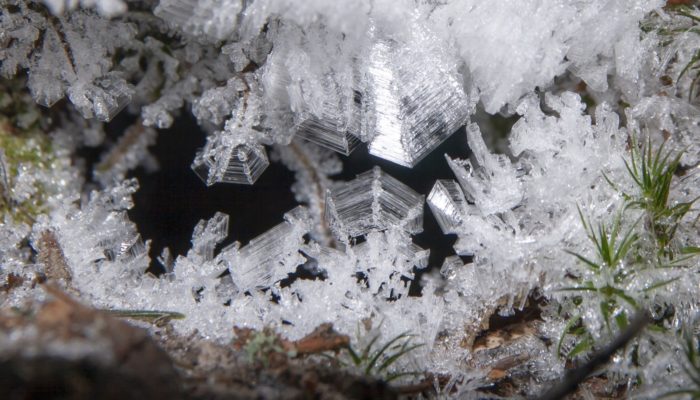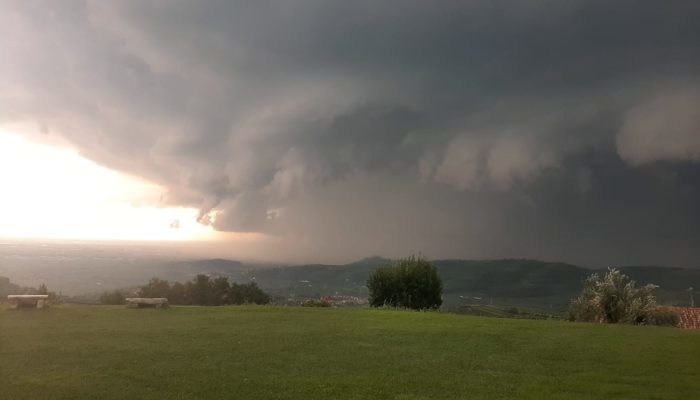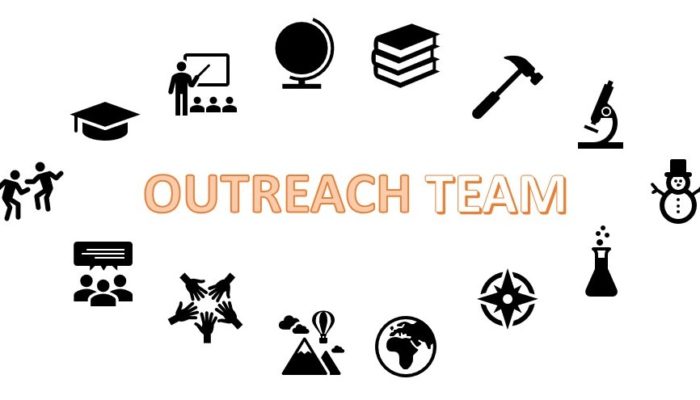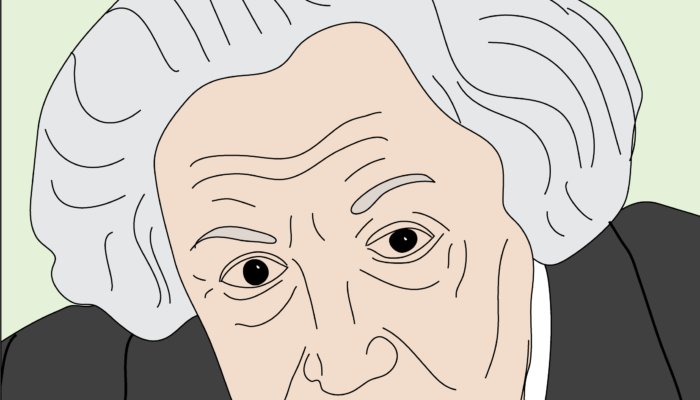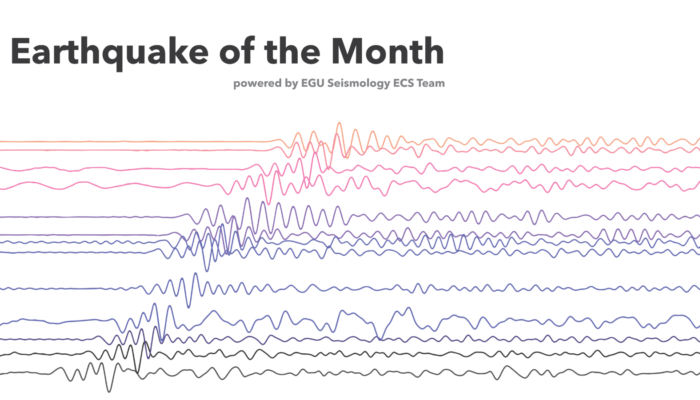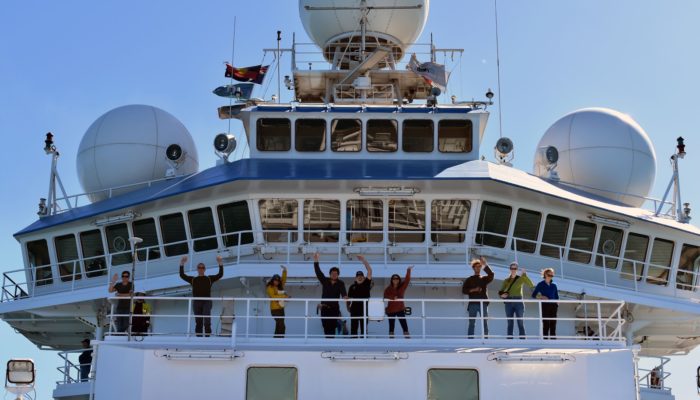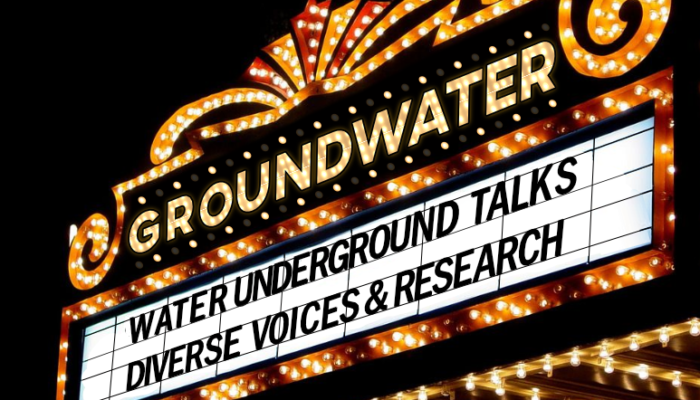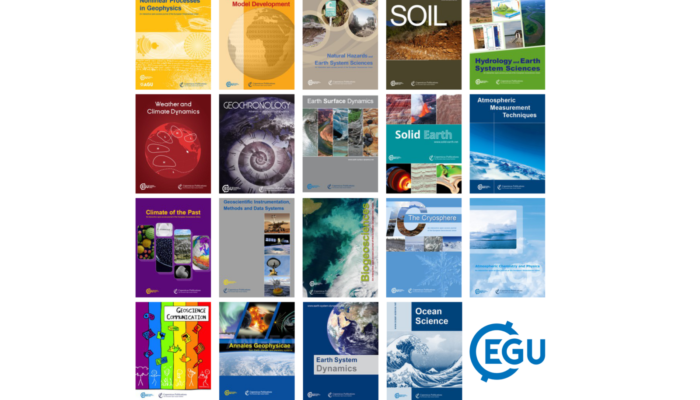Maria, a member of our ECS team, recently interviewed Dr Eric Daub from The Alan Turing Institute, London, UK. Here the Seismology ECS Team wants to know how we can do code better. Together. This is the first interview with software engineers explaining the importance of good practices in software development. Dr Eric Daub received his PhD from the University of California, Santa Barbara, in compu ...[Read More]
GeoLog
Imaggeo On Monday: Nature of ice crystals
Moisture coming from the ground is freezing at the entrances of small ground pockets, shaping wonderful natural ice crystals, during a very cold and dry winter in Poland in 2019. Description by Katarzyna Walczak, after the description on imaggeo.egu.eu. Imaggeo is the EGU’s online open access geosciences image repository. All geoscientists (and others) can submit their photographs and video ...[Read More]
Natural Hazards
Climate Change: is Viticulture under threat?
In the afternoon of August 29, 2020, an intense supercell, which is a thunderstorm characterized by the presence of a deep, persistently rotating updraft, affected the province of Verona in the north of Italy (Figure 1). It was not the first event of this kind; several other events, including tornado episodes, had already occurred during summer 2020. Here the video of the downburst recorded during ...[Read More]
Climate: Past, Present & Future
Presenting the EGU climate divisions´ outreach team
For our seasonal greetings this year, we would like to present the outreach team of the climate division. Our team has grown after the last EGU assembly, and this was highly visible in our increased number of blog postings throughout the year. We published 14 post in total! The team is responsible for writing and editing blog posts as well as finding motivated guest writers. We try to address all ...[Read More]
Tectonics and Structural Geology
Maria Vasilyevna Klenova (12 August 1898 – 6 August 1976): The polar scientist who was known as the mother of marine geology.
On the 12th of August 1898, Maria Vasilyevna Klenova was born to a working-class family in Irkutsk1. This city started as a military outpost in 1652, but had become a bustling city around the turn of the 20th century with around half a million inhabitants. In the year Maria was born, Irkutsk became connected to Europe by the infamous Trans-Siberian Railway. Maria did not stay in Irkutsk ver ...[Read More]
Seismology
Earthquake of the month: Russia, deep earthquake M 6.4
November was not highlighted by a large event (> M 7). However, the TOP 3 of the largest earthquakes include a deep focus rupture on November 30th in the Tatar Strait between eastern Russia and Sakhalin Island (Figure 1). This earthquake (M 6.4) occurred at a depth of ~600 km according to different seismology agencies. The moment tensor representation shows an oblique mechanism with a dominant ...[Read More]
Cryospheric Sciences
Cryo-massy Films
There are countless Christmas films, and almost all of them feature some form of snow, ice or cold weather. There are the classics such as Home Alone, Elf and Miracle on 34th Street, and there are the newer, shall we say ‘Netflix’ style, which feature Princes, Knights and Vanessa Hudgens. There’s just no way to watch them all over the festive period, so let us recommend you our top 5 Christmas fil ...[Read More]
Tectonics and Structural Geology
Beyond Tectonics: Fishing for Continents in the Furious Fifties and Roaring Forties
This edition of “Beyond Tectonics” is brought to you by Dr. Derya Gürer and Luca Magri. Derya is a Lecturer in Earth Sciences at The University of Queensland in Brisbane, and Adjunct Lecturer at the University of Tasmania, and Luca is a PhD student at the University of Tasmania in Hobart, Australia. In early 2020, they participated in a research voyage to one of the most remote places on the plane ...[Read More]
WaterUnderground
Elevating diverse voices and groundwater research from around the world with Water Underground Talks
By Tom Gleeson and Viviana Re It has been a challenging year of a pandemic, economic collapse and an ever-increasing awareness of racism, all set against a backdrop of other global challenges including climate change and food security. We believe it is important to link groundwater with these challenges and to stay positive using our science and work as scientists to contribute to a better future. ...[Read More]
GeoLog
GeoRoundup: the highlights of EGU Journals published during December!
Each month we feature specific Divisions of EGU and during the monthly GeoRoundup we will be putting the journals that publish science from those Divisions at the top of the Highlights roundup. For December, the Divisions we are featuring are: Cryospheric Sciences (CR), Climate: Past, Present & Future (CL) and Nonlinear Processes in Geoscience (NP). They are served by the journals: Geoscientif ...[Read More]

